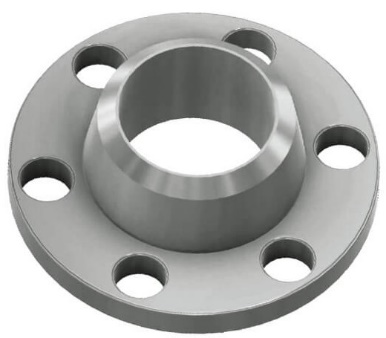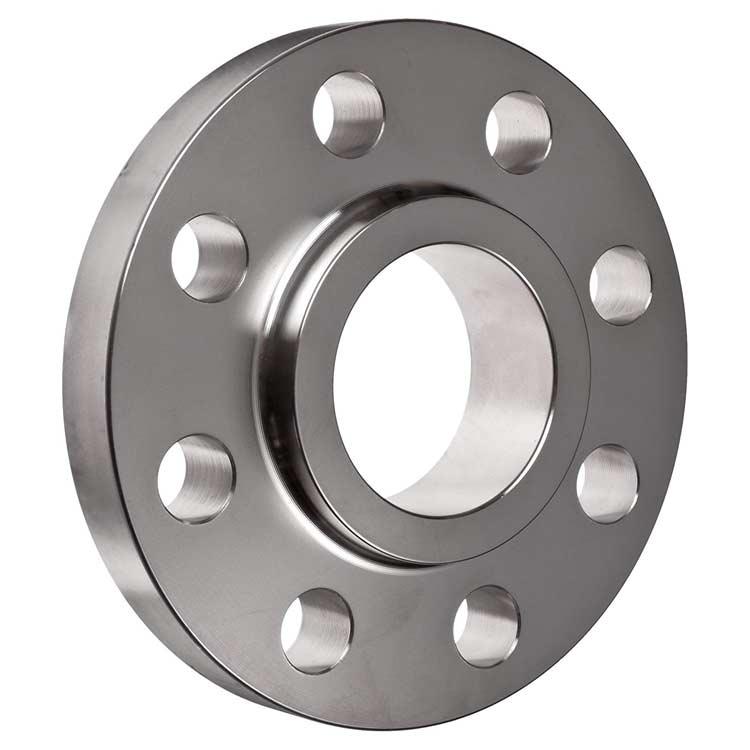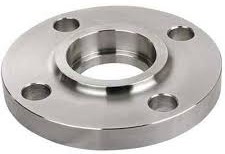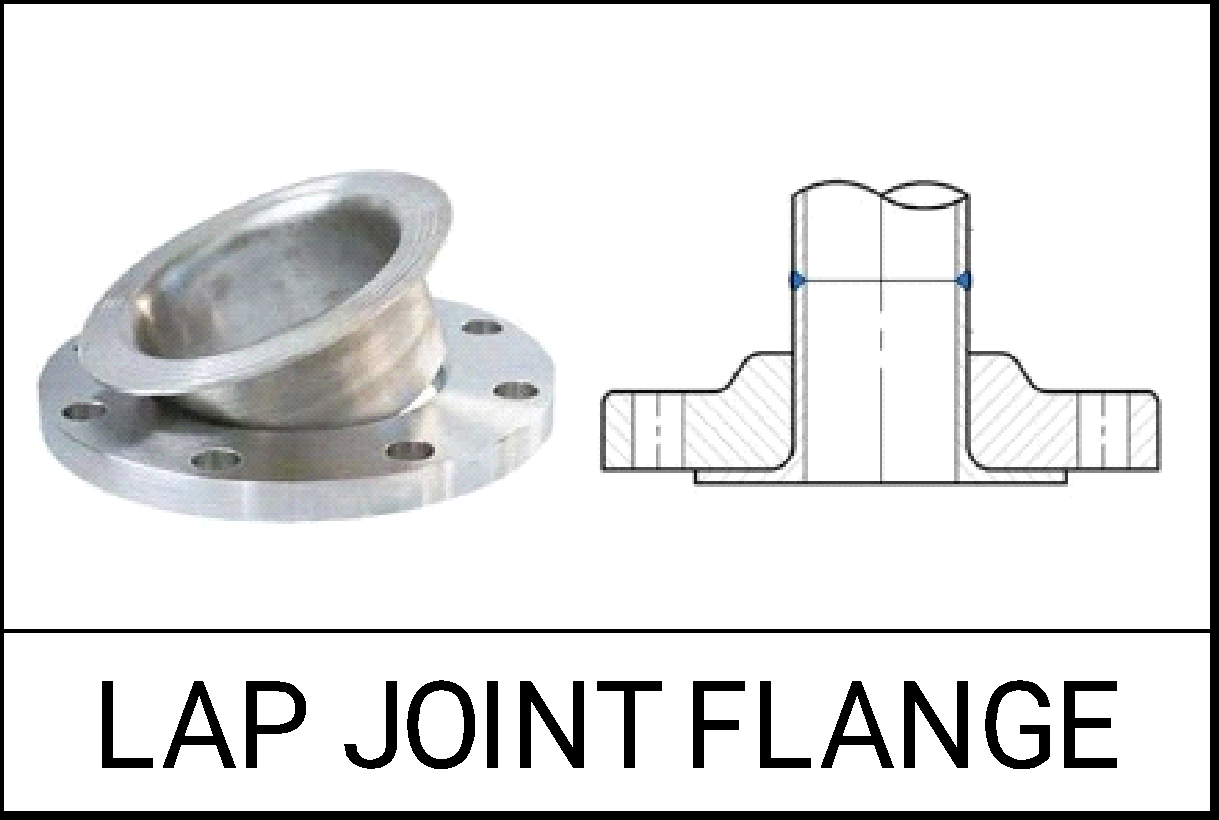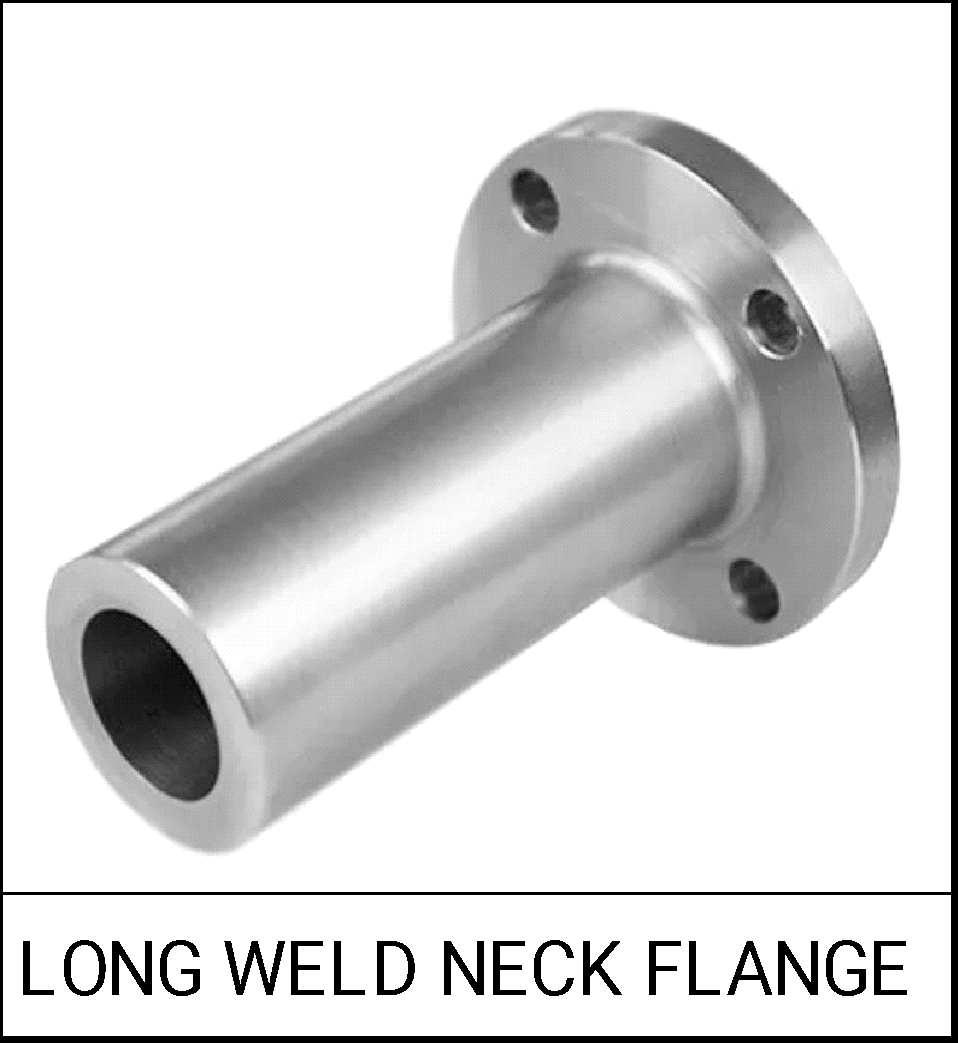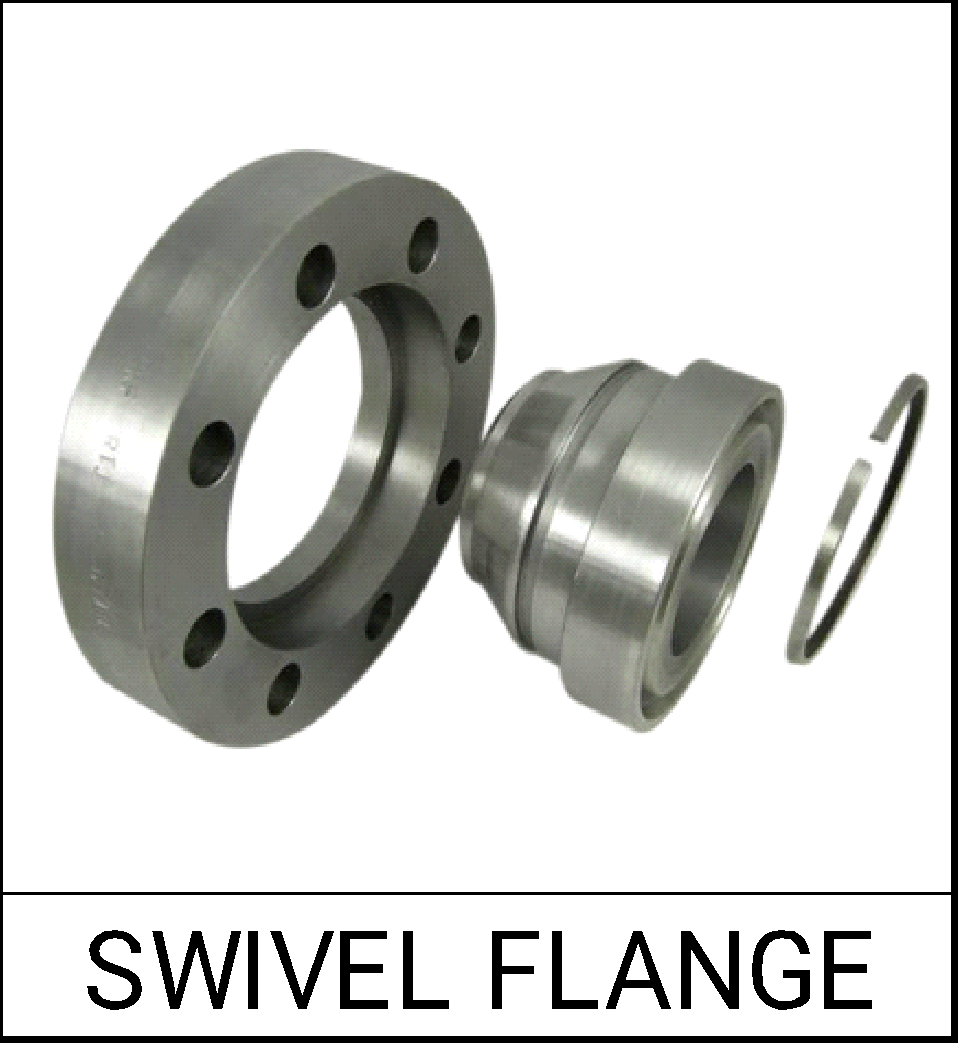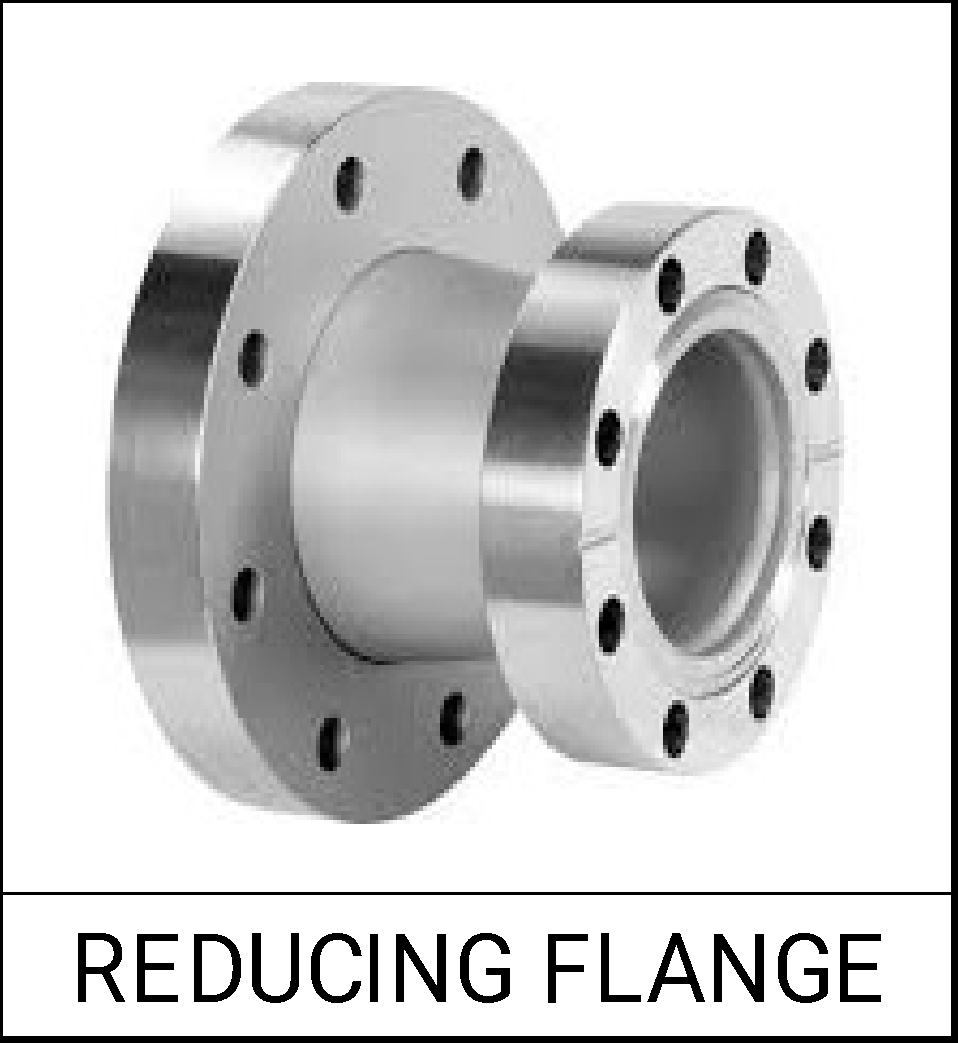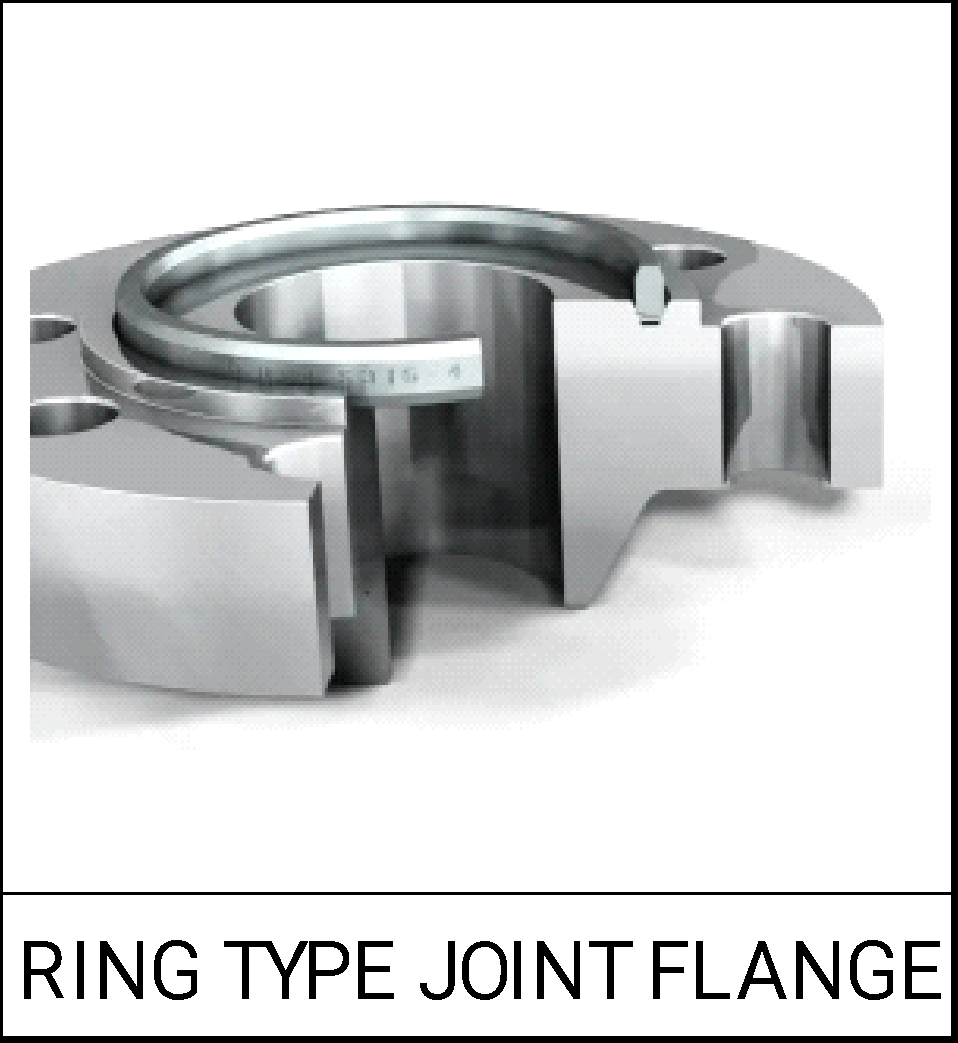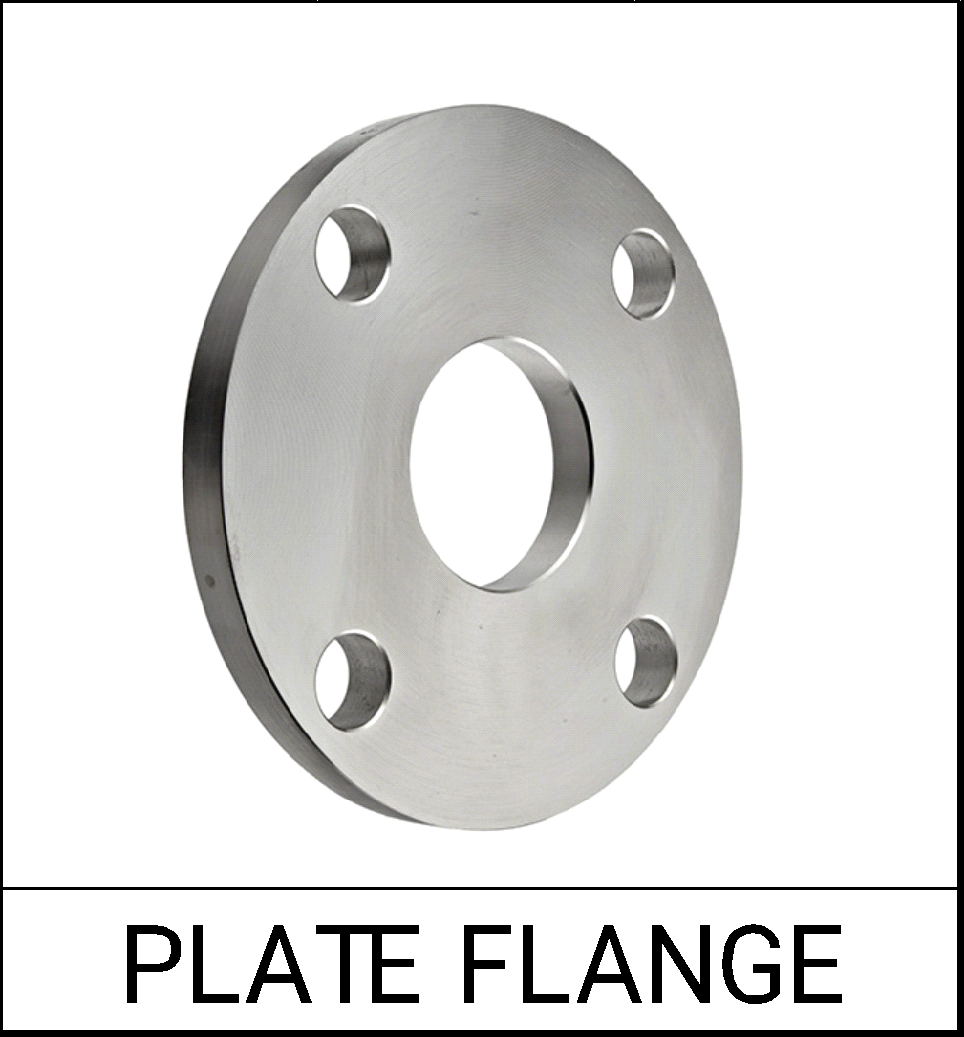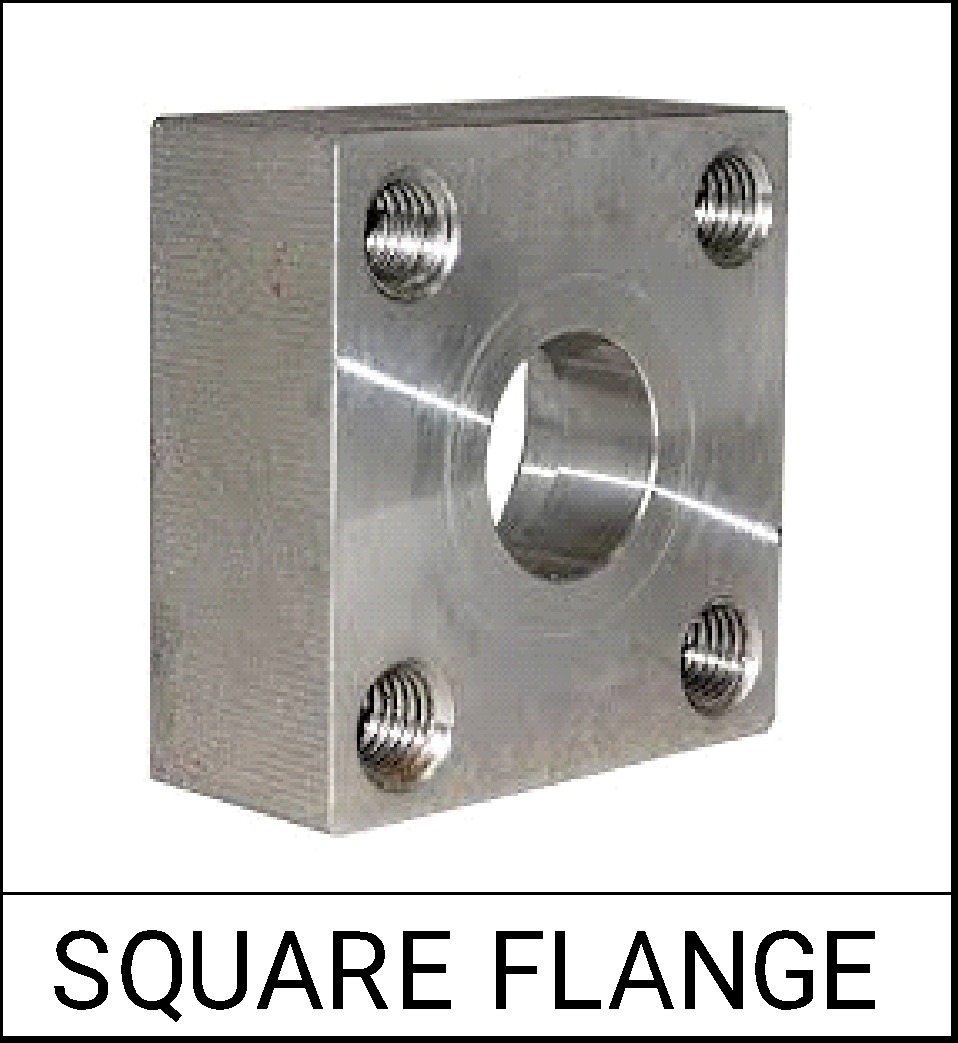Flanges
Flanges
Our comprehensive range of flanges includes weld neck flanges, slip-on flanges, blind flanges, socket weld flanges, threaded flanges, lap joint flanges, and orifice flanges, among others. Manufactured to international standards such as ANSI, ASME, DIN, and JIS, our flanges ensure compatibility and reliability in diverse applications. Constructed from materials like carbon steel, stainless steel, and alloy steel, these flanges provide a versatile solution for connecting pipes, valves, pumps, and other equipment. Their design allows for easy access for cleaning, inspection, and maintenance, making them essential components in industries such as oil and gas, chemical processing, water treatment, and power generation.
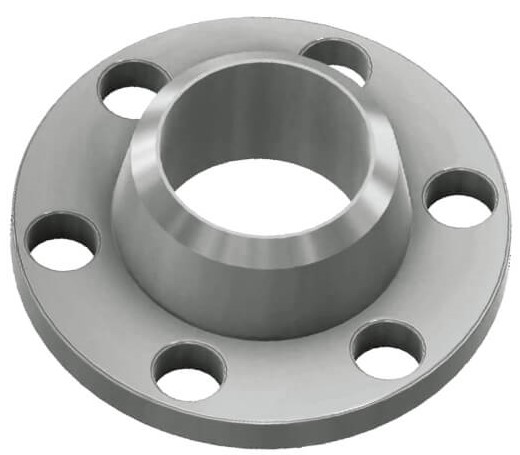
SIZES & DIMENSIONS
-
Flange Sizes:
- Nominal Pipe Size (NPS): Flange sizes are typically specified by the nominal pipe size (NPS) and range from 1/2 inch to over 48 inches. The size indicates the diameter of the pipe that the flange will connect to.
-
Pressure Ratings:
- Pressure Categories: Flanges are categorized based on their pressure ratings, such as 150, 300, 600, 900, 1500, and 2500 pounds per square inch (psi). Higher pressure ratings indicate thicker flanges and more robust constructions to handle higher pressures.
-
Standards:
- ANSI/ASME B16.5: Commonly used in North America.
- DIN: Primarily used in Europe.
- JIS: Common in Japan and some Asian countries.
- British Standard (BS) 10:1962: Provides detailed specifications for flanges for pipes. This standard includes several tables (D, E, F, and H) that outline the dimensions and tolerances for different types of flanges.
MANUFACTURING PROCESS
- Cutting the Raw Material: The flange manufacturing process starts by selecting high-quality raw materials, usually specific grades of steel or alloy, known for their strength and durability. The material is cut into precise blanks according to flange dimensions, ensuring minimal waste. Accurate cutting is essential as it defines the basic size and shape, helping reduce subsequent machining efforts and material waste. Advanced CNC machines or plasma cutters are often used for precision, setting a strong foundation for the next steps.
- Forging: The cut blanks are heated to a temperature suitable for forging, typically between 950°C and 1250°C, depending on the metal type. In this softened state, the blanks are placed under high-powered hydraulic or mechanical presses that reshape them into the general form of a flange. Forging not only forms the basic shape but also refines the metal’s internal grain structure, aligning it for enhanced strength, durability, and toughness. This process improves resistance to fatigue and mechanical stress, making the flange suitable for high-pressure applications.
- Heat Treatment: Following forging, flanges undergo a heat treatment process to modify their mechanical properties. This involves heating the forged flange to a specific temperature, then cooling it under controlled conditions. Techniques such as annealing, quenching, and tempering are employed depending on the desired characteristics. Heat treatment relieves internal stresses, enhances hardness, and improves toughness, ensuring the flange can withstand high-pressure environments, thermal fluctuations, and long-term wear. This step is critical for applications requiring high mechanical performance and durability.
- Machining: The heat-treated flanges are then machined to meet precise design specifications, a process that ensures exact dimensions and smooth surface finishes. CNC lathes, mills, and drills are used to refine the flange’s features, including bolt holes, the flange face, and other essential details. Each flange is carefully measured to ensure dimensional accuracy, which is crucial for creating leak-proof seals in piping systems. Machining ensures compatibility with pipes and fittings, a vital aspect for maintaining safety and efficiency in installations.
- Finishing: After machining, each flange undergoes a series of finishing processes that can include grinding, polishing, and coating. Grinding smooths out surface imperfections, while polishing enhances the finish, reducing surface roughness and giving the flange a clean look. Protective coatings, such as anti-corrosion layers or surface treatments, are applied to increase resistance to environmental factors, ensuring the flange is protected against rust and degradation in harsh conditions. This final step guarantees that the flange meets strict industry standards and is ready for reliable use in a variety of applications.
- Inspection and Testing: Before shipping, each finished flange goes through rigorous inspection and testing procedures to confirm its compliance with industry standards and specifications. This includes visual inspection for surface defects, dimensional checks for accuracy, and mechanical testing for strength and durability. Non-destructive tests, like ultrasonic testing or radiography, may also be conducted to detect internal flaws. Only after passing these quality checks is the flange certified for safe use in demanding environments, such as in oil, gas, and industrial piping systems.
Request Our Catalogue
Know More About Flanges?
